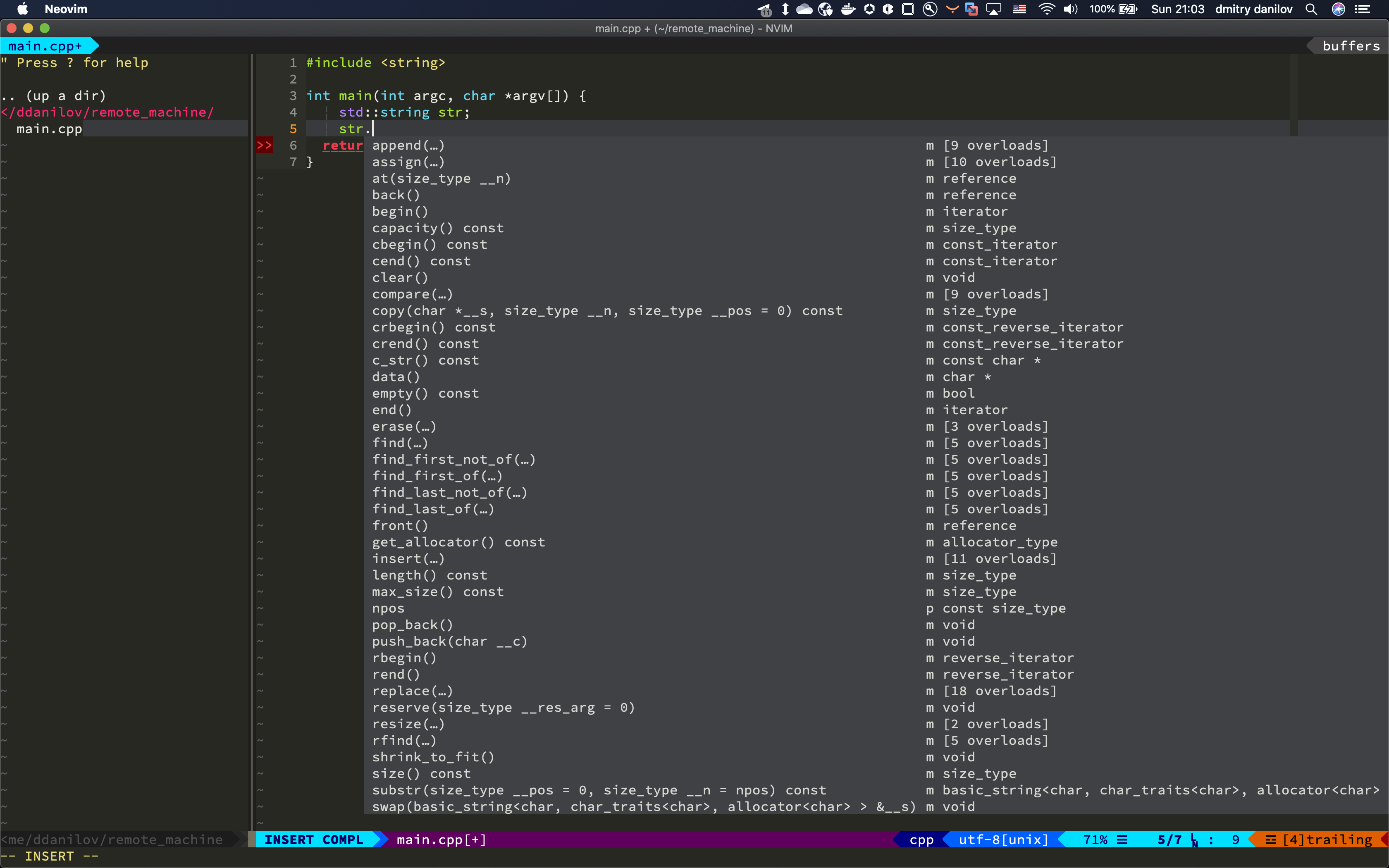

- Macos where is macvim is installed install#
- Macos where is macvim is installed software#
- Macos where is macvim is installed download#
Some people create a “Games” directory, to keep games separate from other applications. You don’t have to put your programs in the Applications folder, though: they’ll run from anywhere. It’s so simple it confuses some people-surely there must be more to it than that? There isn’t: dragging the application to your Applications folder is the entire process.

Macos where is macvim is installed software#
Simply drag the application’s icon to your Applications folder and you’re done: the software is now installed. Often these will include the application itself, some form of arrow, and a shortcut to the Applications folder. Most macOS applications downloaded from outside the store come inside a DMG file. Double-click the DMG file to open it, and you’ll see a Finder window. DMGs and Other Archives: Just Drag and Drop

We could go on, but needless to say not everything you want will be in the App Store. Even some smaller companies avoid the Mac App Store for this reason. Apple gets a cut of all sales in the Mac App Store, and companies like Microsoft and Adobe don’t like that, which is why Microsoft Office and Adobe Creative Suite won’t be in the Store anytime soon. Pretty much any application that customizes macOS can’t run in a sandbox, which is why you’ll have to look elsewhere for tools like Dropbox, which by definition need to work outside the sandbox in order to function properly. First: apps from the Store are sandboxed, which is great for security, but limits what applications can do.
Macos where is macvim is installed install#
Still, you probably won’t install all of your software this way, because the App Store doesn’t have all the applications you want. RELATED: Why the Mac App Store Doesn’t Have the Applications You Want Updates are all handled by the store, which is convenient, and any application you purchase on one Mac will work on another.
Macos where is macvim is installed download#
Your application will download and show up in your “Applications” folder. Open the store, search for the app you want, and click “Get” then “Download.” Still, the Mac App Store is a decent first place to check. We’re all used to app stores on our phones, but on the desktop they remain an oddity. In that file you I keep track of all my app preferences and reproduce them immediately after a complete fresh install or when getting an account on other Mac just running: duti ~/.default-apps.Mac App Store: Click a Button to Install an App Notice that I can associate a URL handler like txmt and also file types like Ruby scripts. Now make a text file somewhere in your system where you associate bundle ids with UTI: # ~/.default-apps.duti Mdls -name kMDItemContentTypeTree /Applications/MacVim.app

Second the UTI of the file type, Apple provides a list, but you can also explore the supported UTI by your app like this: Mdls -name kMDItemCFBundleIdentifier /Applications/MacVim.app First bundle ids of the Apps you want to associate: As of today, the best way I found to solve this problem on a Mac with the least overhead is using the command line duti which allows me to define in a very simple text file all my associations:


 0 kommentar(er)
0 kommentar(er)
